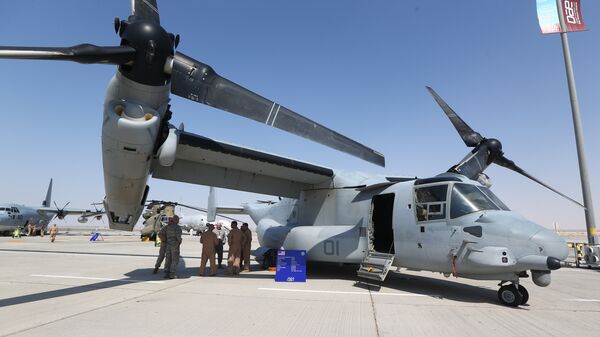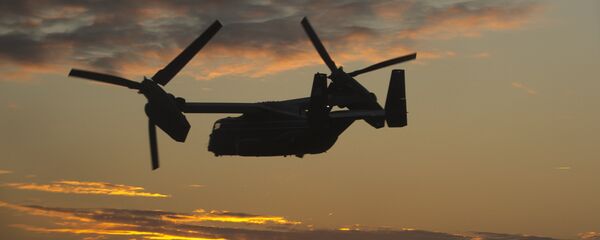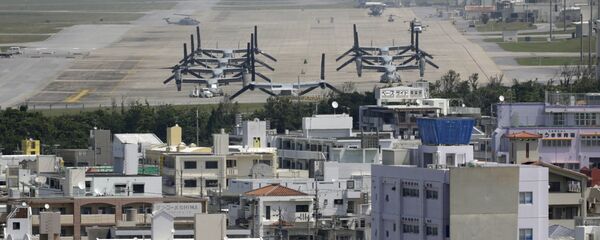In a written statement, Marine Corps spokeswoman Capt. Sarah Burns described the variety of new weapons for the Osprey, telling Scout Warrior, "Currently, NSWC (Naval Surface Warfare Center) Dahlgren explored the use of forward firing rockets, missiles, fixed guns, a chin mounted gun, and also looked at the use of a 30MM gun along with gravity drop rockets and guided bombs deployed from the back of the V-22. The study that is being conducted will help define the requirements and ultimately inform a Marine Corps decision with regards to armament of the MV-22B Osprey."
She added that regardless of the weapons chosen, "assault support" will continue to be the Osprey’s chief objective, and said that additions to the aircraft’s arsenal may be added as early as 2019, if funding and scheduling prevail. Precision weapons will allow the aircraft to support the Corps during amphibious operations, as well as enabling it to defend itself from small arms attacks.
"Both the air and ground mission commanders will have more options with the ability to provide immediate self-defense and collective defense of the flight." Burns detailed, "Depending on the weapons ultimately selected, a future tiltrotor could provide a range of capabilities spanning from self-defense on the lighter side to providing a gunship over watch capability on the heavier scale."
Of the 360 Osprey aircraft planned, manufacturer Bell Boeing has delivered 290, and the company has developed a special pylon on the aircraft’s side for the carriage of common weapons.
Bell-Boeing’s director of business development, Rick Lemaster said, "We did a demonstration with Bell where we took some rockets and we put them on a pylon on the airplane using APKWS [ Advanced Precision Kill Weapons System]. We also did some 2.75 guided rockets, laser guided weapons and the griffin missile. We flew laser designators to laser-designate targets to prove you could do it."
The Corps is also in the process of developing the MV-22C variant of the Osprey, a high tech upgrade set to enter service by the mid 2030’s. Spokesman Maj. Paul Greenberg wrote in a statement that the new variant "will ensure that the Marine Corps has state-of-the-art, medium-lift assault support for decades to come."
The US military grounded its fleet of Ospreys in Japan on Tuesday after one of the tiltrotor aircraft crashed off the coast of Nago, near Okinawa. The incident occurred after the aircraft sustained damage during aerial nighttime refueling procedures. The crew landed the Osprey in shallow waters to avoid a civilian residential area.
During a press conference Lt. Gen. Lawrence Nicholson described the incident saying, "After the aircraft was unhooking, it was shaking violently…The pilot made a decision to not fly over Okinawan homes and families. He made a conscious decision to try to reach Camp Schwab and land in the shallow water to protect his crew and the people of Okinawa." according toUSNI News.
Nicholson added that flight operations for the MV-22 will continue until he is "satisfied that we have reviewed our checklists and safety of flight procedures."





